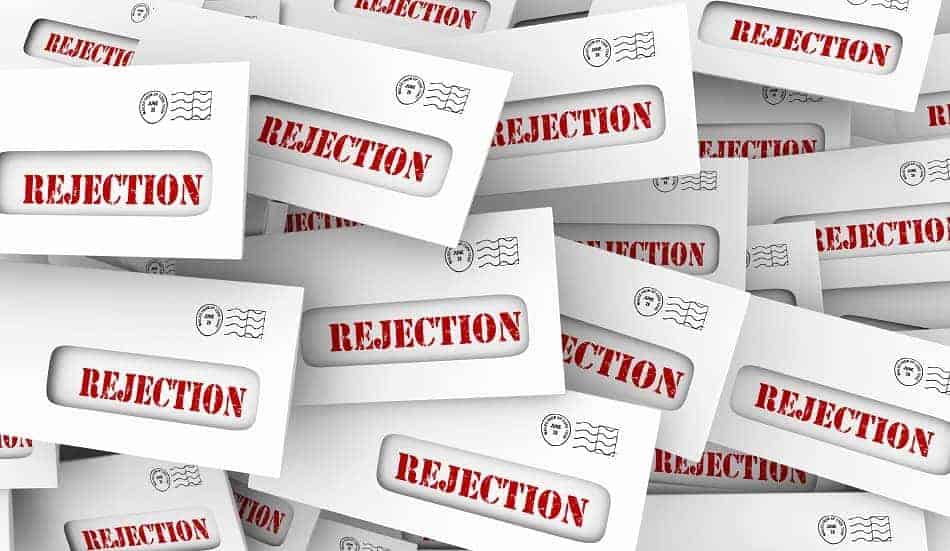Introduction
Receiving a rejection for your journal paper can be disheartening, especially after investing significant time and effort in conducting research and writing the manuscript. However, journal rejection is a common experience in academic publishing, even for highly experienced researchers. The key to handling rejection is to view it as an opportunity for improvement and learning rather than a failure.
This article explores the reasons for journal paper rejection, how to analyze reviewer feedback, and the best strategies for revising and resubmitting your paper to maximize your chances of eventual publication.
1. Understanding Why Papers Get Rejected
Before responding to a rejection, it is important to understand the reasons behind it. Rejections typically fall into three categories:
1.1 Desk Rejection (Before Peer Review)
Desk rejection occurs when the editor rejects the paper before sending it for peer review. Common reasons include:
- The manuscript does not fit the journal’s scope.
- The paper does not meet the required formatting or structure.
- The research lacks novelty or originality.
- There are major language or clarity issues.
✅ Solution: Ensure that your paper aligns with the journal’s aims and submission guidelines before submitting.
1.2 Rejection After Peer Review
If the paper is rejected after peer review, common reasons include:
- Methodological flaws (e.g., sample size too small, weak statistical analysis).
- Insufficient theoretical framework or lack of engagement with relevant literature.
- Lack of significant contribution to the field.
- Data interpretation issues or unsupported conclusions.
- Unclear writing or poor organization.
✅ Solution: Address the specific concerns raised by reviewers to improve the paper for resubmission.
1.3 Rejection with Invitation to Resubmit
Some rejections come with a suggestion to revise and resubmit. This is a positive outcome, indicating that the research has potential but requires improvement.
✅ Solution: Carefully follow reviewer recommendations and resubmit within the journal’s timeframe.
2. What to Do After Receiving a Rejection
2.1 Take Time to Process the Rejection
- It is natural to feel disappointed, but avoid reacting emotionally.
- Give yourself time to review the rejection letter calmly before making any decisions.
2.2 Carefully Read the Editor and Reviewer Comments
- Identify the main concerns and categorize them as major or minor issues.
- Look for constructive feedback that can improve the paper.
- If comments seem contradictory or unclear, seek clarification from a colleague or mentor.
2.3 Determine Your Next Course of Action
- If the rejection is due to scope mismatch → Consider submitting to another journal.
- If the rejection is based on minor flaws → Address reviewer feedback and resubmit.
- If the paper requires significant revisions → Decide whether to make major changes or seek a different journal.
3. Revising Your Paper for Resubmission
Once you have assessed the feedback, the next step is to improve your manuscript.
3.1 Strengthening the Research and Methodology
- Clarify research objectives and hypotheses.
- Improve the theoretical framework by citing relevant literature.
- Address methodological weaknesses, such as sample size or data analysis.
- Ensure data interpretation is robust and well-supported.
3.2 Enhancing Clarity and Organization
- Ensure logical flow from introduction to conclusion.
- Revise unclear sections to improve readability.
- Use headings and subheadings to improve structure.
3.3 Addressing Reviewer Comments in a Response Letter
If you plan to resubmit to the same journal, prepare a detailed response letter addressing each reviewer’s comments:
- Start with a polite thank-you message to the reviewers.
- List each reviewer comment and explain how you addressed it.
- If you disagree with a comment, provide a clear and respectful justification.
✅ Example Response to Reviewer Comment:
Reviewer Comment: The study lacks a discussion on limitations.
Response: Thank you for your suggestion. We have now added a section discussing the study’s limitations (Page 14, Section 5). This section addresses possible biases and future research directions.
4. Choosing the Right Journal for Resubmission
If the rejection was due to journal mismatch, selecting the right journal for resubmission is crucial.
4.1 Identifying Suitable Journals
- Use journal finder tools like Elsevier’s Journal Finder or Springer’s Journal Suggester.
- Check the journal’s aims and scope to ensure alignment.
- Consider the impact factor and target audience of the journal.
4.2 Adjusting the Manuscript to Fit the New Journal
- Reformat the paper according to the new journal’s submission guidelines.
- Tailor the introduction and discussion sections to align with the journal’s focus.
- Update the reference list to include more relevant sources.
5. Learning from Rejection and Moving Forward
5.1 Stay Resilient and Persistent
- Even experienced researchers face rejection multiple times.
- Use rejection as constructive feedback for growth.
- Remember that persistence leads to publication success.
5.2 Seek Support from Mentors and Colleagues
- Discuss reviewer comments with co-authors or research mentors.
- Participate in academic writing workshops to improve manuscript quality.
- Join peer-review groups to get feedback before submission.
5.3 Keep Track of Your Submissions and Feedback
- Maintain a journal submission log to track rejections and revisions.
- Learn from past mistakes to improve future submissions.
✅ Example of a Submission Log:
| Journal Name | Submission Date | Decision | Reviewer Feedback Summary | Next Steps |
|---|---|---|---|---|
| Journal A | Jan 2024 | Rejected | Weak methodology, unclear discussion | Revise & submit to Journal B |
| Journal B | March 2024 | Minor Revisions | Improve data analysis | Resubmit |
6. Final Checklist Before Resubmitting
Before resubmitting your paper, ensure: ✅ Reviewer comments have been addressed. ✅ The manuscript is clearly written and well-structured. ✅ Citations and references are formatted correctly. ✅ Figures, tables, and supplementary materials are accurate. ✅ The submission aligns with the new journal’s guidelines. ✅ A strong and professional cover letter is included.
Conclusion
Journal rejection is not the end of the road—it is an opportunity to improve, refine, and ultimately publish a stronger paper. By carefully analyzing feedback, making necessary revisions, and selecting the right journal, researchers can turn rejection into a stepping stone for success.
The key to overcoming rejection is persistence, adaptability, and a willingness to learn. Every rejection brings you closer to an acceptance, provided you approach it with the right mindset and strategy.
Stay motivated, keep improving your work, and remember: every published researcher has faced rejection at some point—what matters is how you respond to it!














